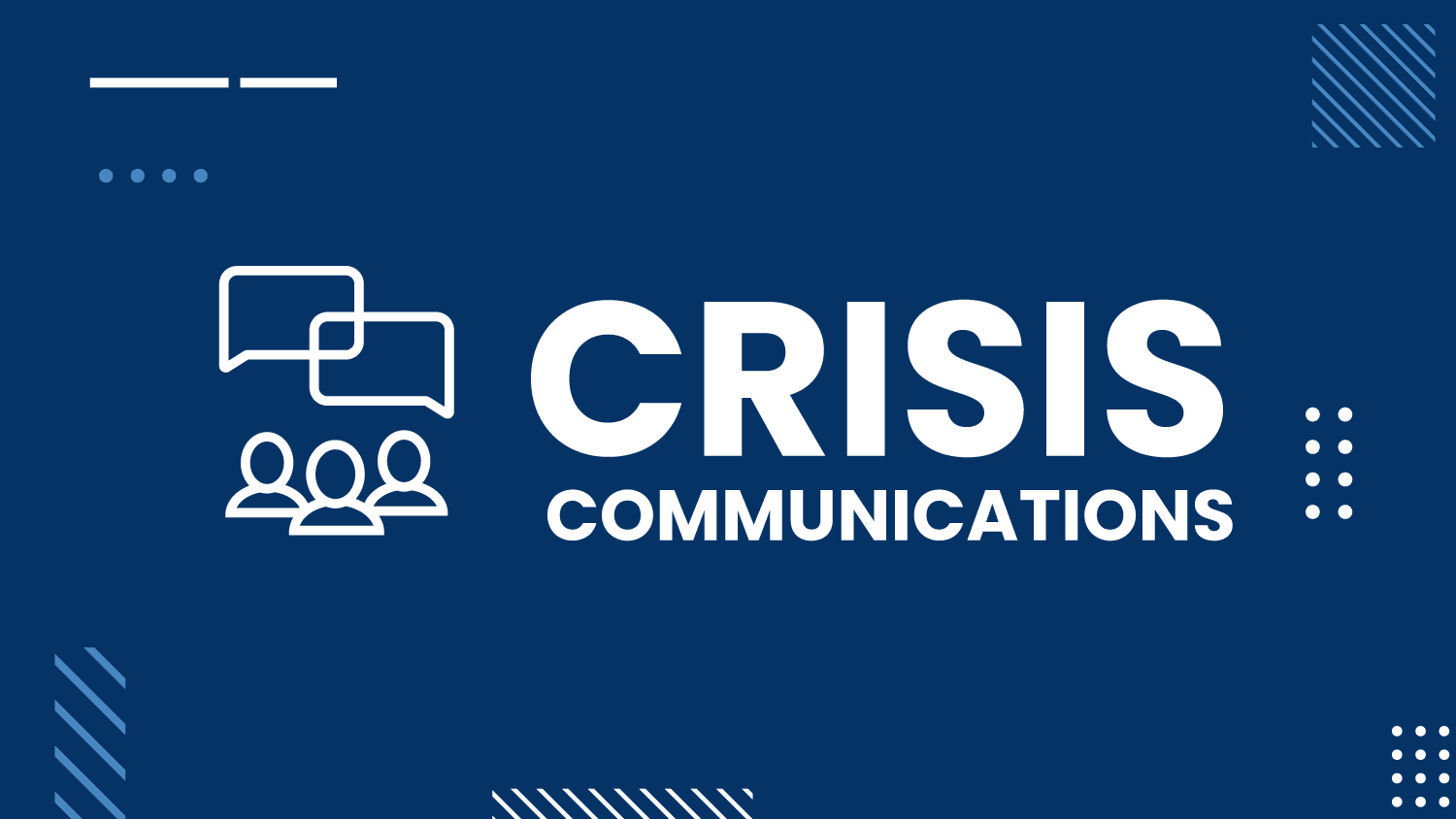
When a crisis hits, NGOs and other nonprofits often seek to raise awareness of their missions and how they are helping people in need. The term for this is trendjacking or news-jacking, capitalizing a trending topic to bolster one’s brand in the marketplace,” according to an article, “Does Trendjacking Work: And Should You Be Doing It?” on the TweakYourBiz site.
Trendjacking can be a good way to leverage existing interest in a topic — but it’s not without risk. The main risk is for an organization to look like it is exploiting a trend or crisis — and that can damage the organization’s brand.
But there are times when a worthwhile organization should at least consider whether or not to leverage a trending topic. If you do decide to move forward, there are some logistical issues to address.
We have advised several terrific NGOs and charities, and here are five lessons we learned.
- It’s not enough to have experts, you need to have spokespeople with specific expertise on the ground. A nonprofit that helps with adoption from Africa seemed one that reporters would want to speak to as they wrote about children who were orphaned by Ebola — but the media wanted someone they could interview in an Ebola-infected community. The media all felt the organization was doing good work but the organization didn’t have specific information about what was being done for Ebola orphans and had no one who could talk about specific adoptions that had taken place in which a child, whose parents had died of Ebola, had been placed with a family in the U.S.
- Speed matters. It’s amazing how fast network news can work to pull together stories. By the time you’ve read or watched an article about it, the producers will feel they’ve already told the story; there’s nothing more to pitch. To get the media’s attention, you need to develop and implement your strategy, tactics and messages at the start of the crisis. You basically need someone on the ground or with direct expertise in the first few hours, especially someone who can do an interview over Skype.
- Bring something strikingly new to the game by uncovering what the media hasn’t covered. Make sure to differentiate the charity from what others are doing, and from what the media perceives the story to be. Otherwise, reporters’ basic response will be, “Good to know there’s another organization that can talk about conditions on the ground but we’ve had already covered that angle.”
Unfortunately, to get the media’s attention, it takes more than doing good work to help people in a crisis. The point of helping an NGO during a crisis is to help further NGO’s mission, which can include offering tips for others facing the crisis or offering additional ways for people to help those caught up in the crisis.
The above tips assume you are working with an above-board organization. It might be worthwhile to develop a trendjacking plan to help you move more quickly in the case of a situation in which your organization’s spokespeople can provide useful information that can help those caught up in the crisis.



